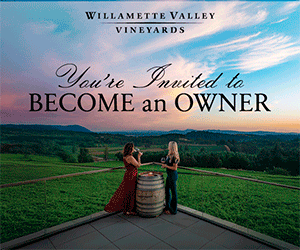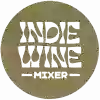A Double-Edged Sword
By Fred Armstrong
Scores have become a very common part of the modern wine industry. I think many people in the wine business have a love-hate relationship with them. A numerical rating from a top publication such as Robert Parker’s The Wine Advocate or Wine Spectator can make or break a winery. Having spent several years in the wholesale and retail side of the wine business, I have seen plenty of people, with their list in hand, searching like an ant at a picnic for that precious bottle of wine with the magical numerical rating. Why not? It makes sense to buy a wine based on the recommendation of a wine expert rather than blindly picking out a label that looks pretty.
These wine publications and reviews have been beneficial to the industry, and Americans now drink more wine than ever. These publications have increased public awareness of new growing regions and wineries. Wine business has boomed in part because collectors and consumers are trying to obtain wines with the highest scores possible. A small, unknown winery can suddenly have everyone knocking on its door when a good score is awarded.
So, what are the drawbacks?
Everyone has different tastes. Maybe you like carrots but your friend doesn’t. Robert Parker likes a certain style of wine; however, that doesn’t mean that you and I have to like the same thing. I find the actual description of the wine in the review to be more valuable than the number attached to it.
Another drawback to consider is that frequently when reviewers taste wine, they may have a lineup of dozens of wines to try at once. As you can imagine, after tasting several wines, the palate can become a bit clouded. In that situation it is easy for bigger, bolder wines to stand out, while more delicate wines, that may be fantastic on their own, sometimes can get overlooked.
I like to think of wines in two different styles: cocktail wines and food wines. Cocktail wines are usually fuller bodied, lower in acid and more fruit-forward. They are pleasant for sipping on their own. Food wines are usually a little lighter and have higher acid. I tend to think of Oregon Pinot Noir from the hot 2006 vintage as a good cocktail wine, whereas many of the cool 2007s really come to life when paired well with food; thus the wines from 2006, generally, have achieved higher scores because they show well on their own.
A third downside to scores is the timeliness of the publication. In many cases, by the time a wine review is published, the winery is already on to a new vintage, leading consumers to endlessly search for a wine that has long since sold out.
I mentioned earlier that a small winery can see an influx of business due to a good score; of course, the opposite can happen for a wine with a less-than-stellar score. All too often I have seen a very good wine that does not get a great score by a well-credited reviewer sit unsold. Also, many times Wine Spectator will give a wine a poor score but The Wine Advocate will award it a great score, and vice versa.
Wine reviews and scores can help guide a consumer toward a wonderful bottle of wine; but always remember, these scores are provided by individuals who have different tastes, and the reviews will be subjective.
My advice: Taste wine, taste wine, and taste wine some more. You may be surprised at the wonderful bottles you can find relying on your own palate.
Fred Armstrong is a proud sommelier and the owner of World in a Glass Wine Consultants based in Portland.












